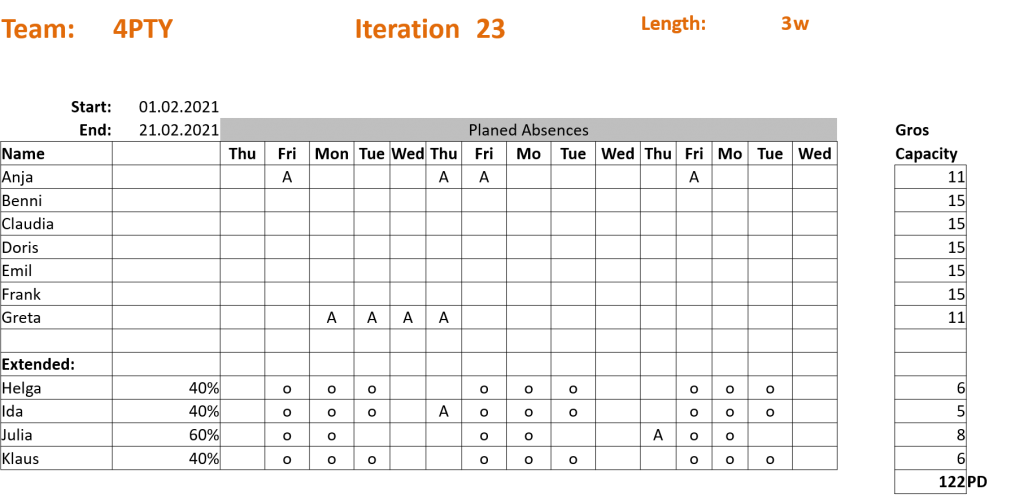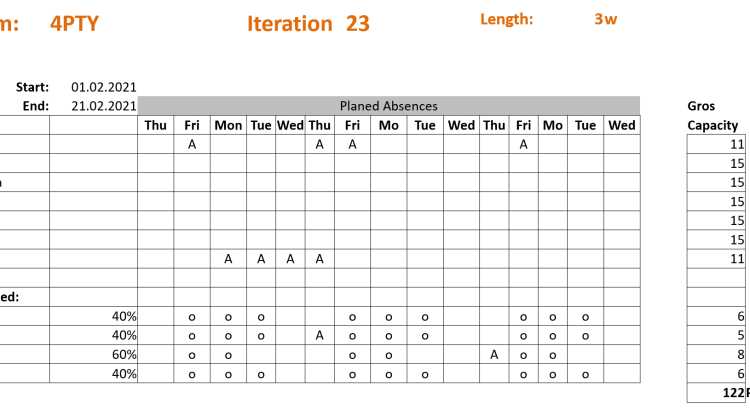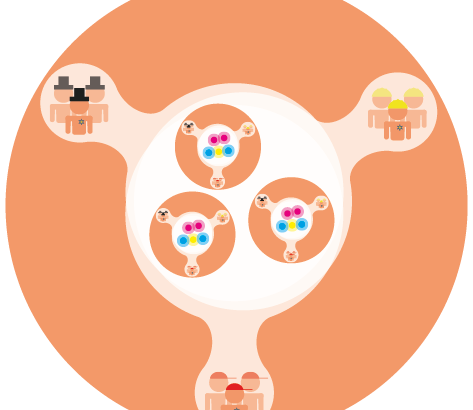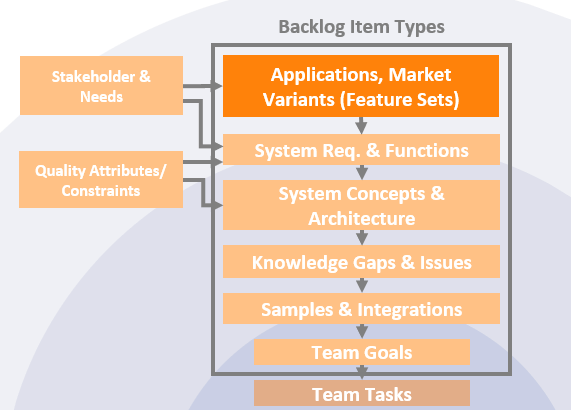The Teams of the Cluster , the Team System Engineer Group , the Team Product Owner Group and the Stakeholders must agree on what it means when a Backlog Item or a result is marked as “done”. Although this can vary significantly from Cluster to cluster, everyone must have a common understanding of when work is done to ensure transparency. This is done through the Definition-of-done of the respective Cluster.
The Cluster DoD is the quality promise of the Cluster
The DoD also guides the Team System Engineer Group in deciding how many Cluster Backlog Items it can pull into the Cycle Backlog during Cluster Planning. The purpose of each Cycle is to provide Inspectable Results, Usable Knowledge, or potentially deliverable functionality within a System Increment that correspond to the current Definition-of-done. Clusters provide an increment of results, knowledge and / or system functionality in each Cycle. This increment is fully usable so that the Cluster Product Owner can choose to release it at any time.
If the Definition-of-done for a product is part of an organization’s conventions, standards, or guidelines, all Clusters must follow them as a minimum goal. If “Done” for a result is not part of the organization’s convention, the Cluster (ie the TSEG) must formulate a definition-of-done that is appropriate for the product. If there are several Clusters working on the same system, all Clusters must create a definition of done together. Each system increment is additive to all previous increments and has been thoroughly tested to ensure that all increments work together. More mature Clusters are expected to expand their respective definition-of-done appropriately to ensure stricter criteria for higher quality. New entries in the definition-of-done can cause
Every single result, product or system should have a definition of done, which is the standard for any work performed on it.
The DoD therefore is the essence of the process descriptions and “standard operation procedures” of a classic organization, but in a strongly condensed form.
.
\r\n
Further suitable links:







